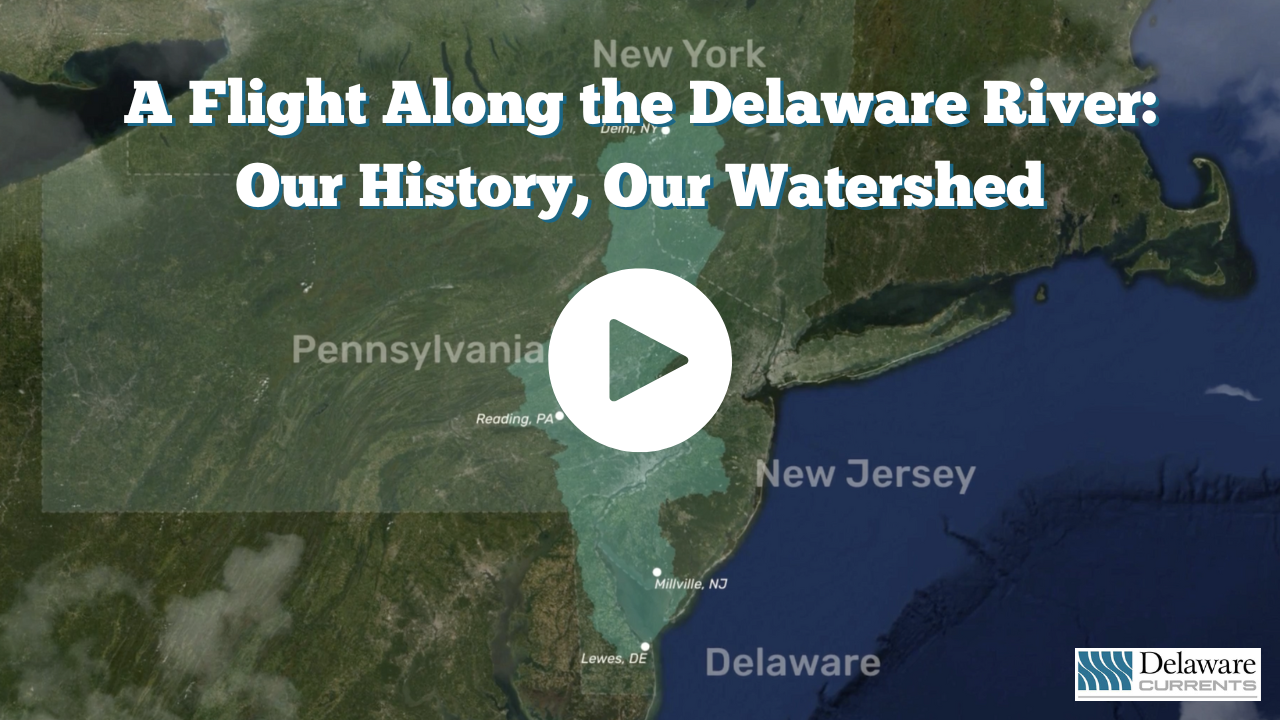
Delaware to update Wildlife Action Plan to address growing threats to at-risk species
| June 9, 2025
Certain species of wildlife, their habitats and plants, such as the Atlantic sturgeon, that are in the greatest need of conservation are being threatened by development, pollution and climate change, according to recent findings by a Delaware state agency.
The agency, the Department of Natural Resources and Environmental Control’s Division of Fish and Wildlife, is updating its Wildlife Action Plan, which identifies “species of greatest conservation need” and outlines steps to protect these at-risk species.
The plan was first created in 2005, when Congress required each United States territory and state to create a Wildlife Action Plan to prevent species from becoming endangered.
The plans are required to be updated every 10 years to more accurately reflect the conservation needs of each state. Delaware’s 2025 revisions to the plan are expected to be finalized in October.
Plants get added for the first time
More than 1,000 species in need of conservation — approximately 300 of which are plant species — are currently identified in Delaware’s 2025 draft list of at-risk species. This marks the first time plant species identified as at-risk are set to be included in the plan, which overall reflects a slight increase in the total number of non-plant species listed as needing conservation.
“The plan is an opportunity before the crisis hits, although we’re a little late on that,” said Tim Dillingham, who serves as executive director of the American Littoral Society, an organization that promotes marine conservation, protects coastal habitats and encourages others to do the same. “We’re very much behind the eight ball on threats to wildlife, but the idea is to assess the status of the populations where they are occurring, and where are there opportunities to make investments.”
Delaware is eligible to receive funding through the State Wildlife Grants Program because of the action plan. Dillingham said that funding to take care of all the issues wildlife face is typically insufficient. But, with a specific outline of steps that should be taken and the funding to implement a plan, sustainable actions to protect wildlife can be taken.
“Plants are obviously a critical part of every ecosystem, whether it’s terrestrial or marine or estuarine,” Dillingham said. “If you’re trying to take care of the wildlife, but not taking care of the plants that provide their habitat or support them in some other way, then you’re only addressing part of the problem.”
According to data from the 2005 and 2015 United States Geological Survey, nearly 500 vertebrates and invertebrates were identified in Delaware as being in need of conservation in 2005. In 2015, approximately 700 were listed as Species of Greatest Conservation Need.
Additions and subtractions to the plan
Many species in need of conservation rely on the Delaware River and Bay’s forests, freshwater streams, tidal marshes and floodplains.
Some of these species were identified as being in the highest need of conservation action in the 2025 draft. These include: the Atlantic sturgeon, a fish that lives in Delaware’s rivers; the dwarf wedgemussel, a federally endangered freshwater mussel; and the yellow lampmussel, a freshwater mussel that needs clean and slow-moving streams to survive.
These species serve their ecosystems, with roles such as filtering water and supporting food chains. As they face rapid population declines, their ecosystems could become unbalanced and suffer.
With each revision of the plan, some species are removed from the list while others are added. This can reflect progress, according to environmental scientist LeeAnn Haaf, who also serves as the estuary science assistant director for the Partnership for the Delaware Estuary. Haaf researches coastal wetlands and forests, and leads scientific reports on the health of the Delaware Estuary.
“Just because species are taken out of Wildlife Action Plans doesn’t mean they’re no longer being looked after,” Haaf said. “Those species being removed means progress is being made. They are still being paid attention to, but other species that may need more support are getting that.”
Human influence on ecosystems
Climate change, which humans are largely responsible for, contributes to why some species are at risk of becoming endangered, Haaf added. Rising temperatures and altered weather patterns can lead to habitat degradation, which can force species to move elsewhere or face challenges like starvation. Human use of some herbicides and insecticides can also harm habitats.
While recommended actions vary from species to species, some common efforts include educating the public about species in need of conservation and how human behavior can negatively affect these species, partnering with various groups to manage habitats, continuing to monitor existing populations of species in need of conservation, and more.
“We should be looking as hard as we can at ways to be good stewards of our natural resources,” Dillingham said. “Wildlife Action Plans are proven effective approaches in helping us protect what we value about that wildlife.”
A draft version of Delaware’s 2025 Wildlife Action Plan is currently open to public review. Anyone who has comments or revision suggestions can send them to DEWAP2025@delaware.gov, or via a form at de.gov/dewap.







